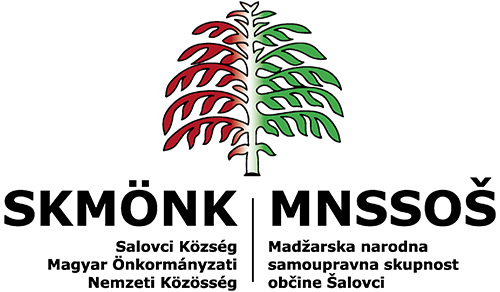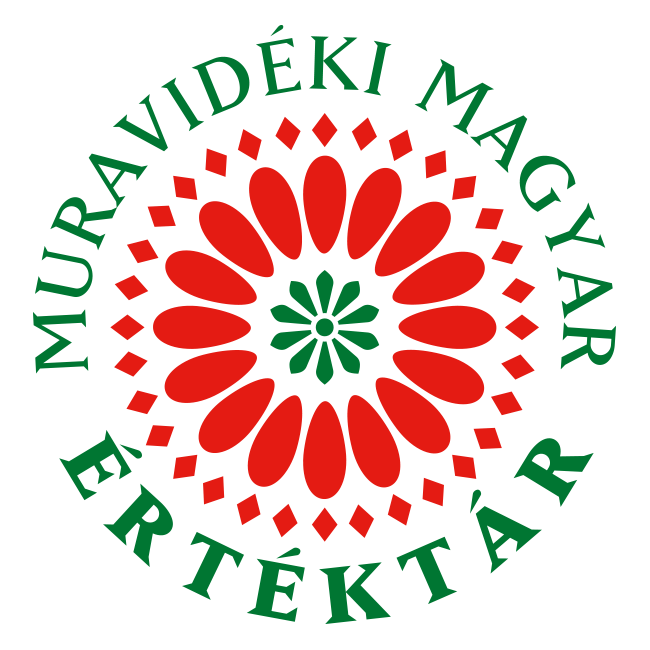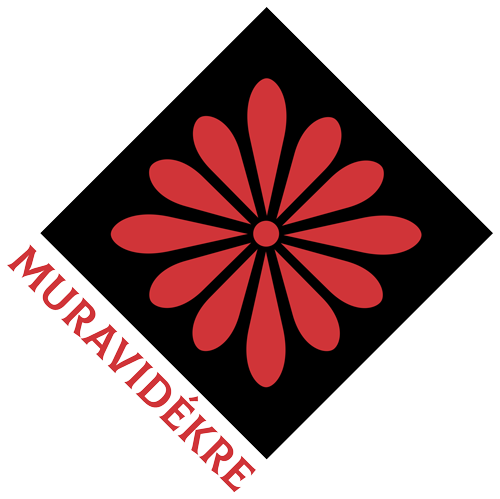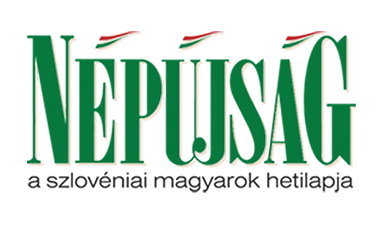 Beliefs and Customs on Saint George's Day
Beliefs and Customs on Saint George's Day
The Christmas Tree and the Tradition of Gift Giving
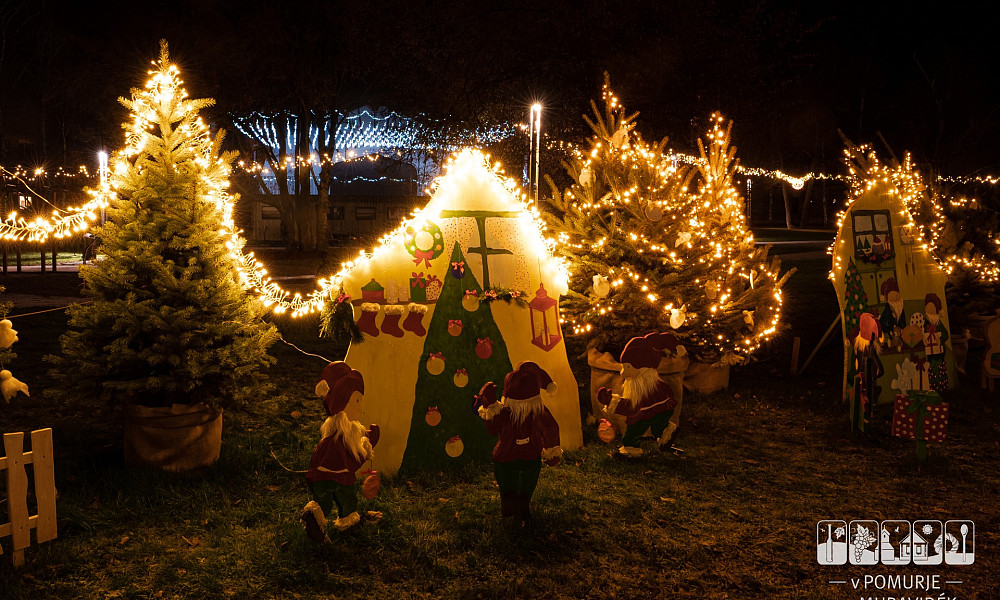
Christmas is a holiday of family, love and peace. Next to Easter, it is the second biggest and most important holiday among Christian holidays. One of its essential elements and symbols is the Christmas tree. But do we actually know where the tradition of setting up Christmas trees originates from?
Based on research that is up to this point at our disposal, the setting up of Christmas trees is a Protestant tradition of German origin. Through the Viennese court, the tradition first took hold among the aristocracy, then among the city bourgeoisie, the intellectual villagers, and finally the peasantry. In the beginning, Christmas trees use to be decorated with fruit, biscuits, apples, walnuts, candles and colourful bits of paper.
A prelude to the tradition of setting up Christmas trees was the tradition of the Christmas evergreen boughs that used to symbolise fertility, eternal life, development and growth. The evergreen boughs were usually picked from branches of rosemary, poplar, hemlock or blackthorn. The branches were then hung on beams or in the corner of rooms.
Generally, the Christmas tree tradition started to spread only in the 1920s and 1930s but, in line with this new custom, the poorer classes also kept the custom of setting up evergreen boughs as well. The traditions of setting up Christmas trees as well as evergreen boughs lived side by side for a very long time, and even their decorating elements matched. The Christmas evergreen bough used to be decorated with paper chains, candles, gold-coloured walnuts, red apples, popcorn, honeybread or homemade caramel sweets wrapped in paper. The paper chains symbolised the serpent in Paradise, whereas the walnuts and the apples symbolised the Tree of Knowledge, and the candles, the light of Jesus. Under the evergreen bough, people used to put icons and next to the icon of Jesus, they usually set up a small nativity scene, too.
The Christmas gift giving, however, is a far more recent tradition than the setting up of the Christmas tree. In the beginning, people used to secretly place a Sunday best kerchief on a handful of hay, and then put a walnut, an apple, honeybread or a piece of clothing on the kerchief in order to make the children believe it was Jesus who had brought them these presents. Even the Christmas tree used to be decorated in secret because children thought Jesus brought the tree, too.
Presents used to be given to the Nativity players, called “betlehemezők” in Hungarian, and to the chanters, usually food or money. The chanting was intended to greet either the younger or older population while moving across the village in a procession and then, stopping at a certain house or under a window, they would give a greeting speech or sing a song while the Nativity players staged a dramatic play that included several performers. In some places, they even performed a Nativity play with puppets.
Sources:
- Tátrai Zsuzsanna: Jeles napok, ünnepi szokások. Planétás Kiadó, Budapest, 1997.
- Halász Albert: Jeles napok, népi ünnepek a Muravidéken. Studio Artis Kiadó. Lendva, 1999










